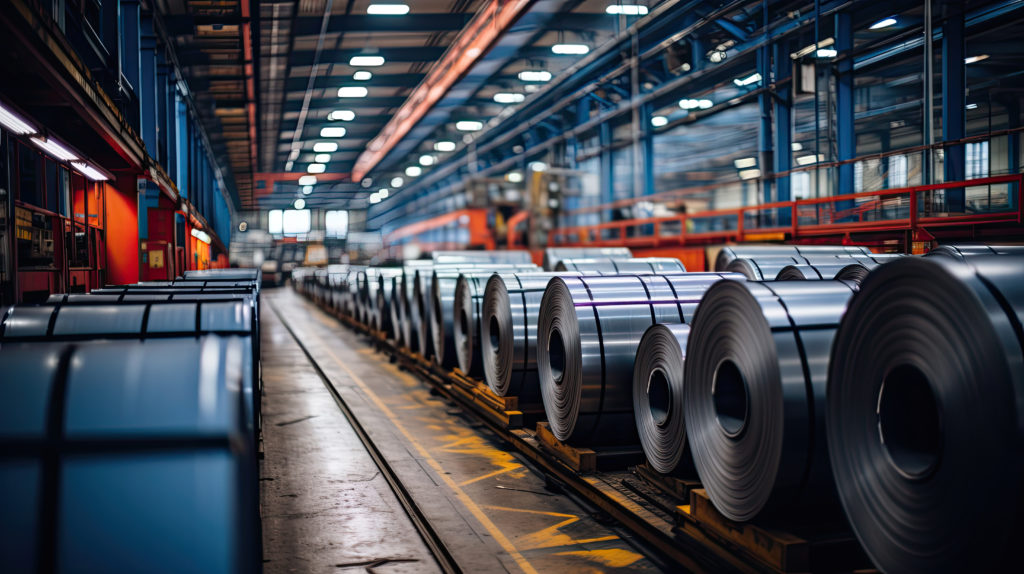Column: China’s strong iron ore imports diverge from weak steel output

China’s first quarter imports of iron ore and its domestic production of the steel raw material both rose strongly, but output of crude steel fell.
This divergence sets up a dilemma that can be resolved in a number of ways, including lower iron ore imports, a boost to steel output or a sustained rise in China’s iron ore stockpiles.
China, which buys more than 70% of global seaborne iron ore volumes, saw imports rise by 5.5% in the first quarter to 310.13 million metric tons, up 15.79 million from 294.34 million in the first three months of 2023.
At the same time, domestic output of iron ore rose 15.3% to 284.1 million tons in the first quarter, a gain of 37.7 million tons.
However, China, which makes just over 50% of the world’s steel, saw crude steel output drop 1.9% to 256.55 million tons in the first quarter from the same period a year earlier.
Overall, the picture that emerges is China is seeing strong growth in both iron ore imports and domestic output, but weakness in steel production.
On the surface, the way this contradiction is being resolved is through increasing inventories of iron ore at China’s ports.
Stockpiles monitored by consultants SteelHome slipped slightly in the week to April 19 to 143.1 million tons, down from the 23-month high of 143.6 million the previous week.
Inventories have risen by 38.2 million tons, or 36.4% since the 7 1/2-year low of 104.9 million from the week to Oct. 27.
What has occurred since the October inventory low is that China’s traders and steel mills have increased buying, partly in response to hopes that growth in the world’s second-biggest economy is accelerating and partly to rebuild depleted stockpiles.

Price rally
The price of iron ore futures traded in Singapore rallied strongly in the fourth quarter of last year as imports ticked higher, rising from a low of $116.14 a ton on Oct. 9 to a peak of $143.60 on Jan. 4 this year.
Since then, the price has trended lower, dropping to a trough of $98.36 a ton on April 4, but has since recovered slightly to end at $110.89 on April 19.
While China’s iron ore imports have averaged above 100 million tons per month for the last six months, the buying has been in two phases.
The first was a restocking period in the fourth quarter of last year, and the second appears to have been buying as prices softened and expectations of a recovery in the troubled property sector increased.
The question for the market is whether iron ore imports can continue at a high level in the face of soft steel production.
The message from Beijing’s policymakers is that they will continue to manage steel output, which is largely taken to mean that production will be capped around the 1 billion tons per year level that has persisted for the past five years.
If China’s steel output is to remain fairly constant, it does imply that iron ore imports should also level off.
China’s domestic iron ore output is also a factor, but the increase in first quarter production comes with a caveat, insofar as it’s likely that the overall iron content is more or less stable given China’s structural problem of declining ore grades.
If the assumption is for largely steady steel production, for iron ore imports to show sustained growth means inventories will continue to build, or domestic iron ore production weakens on a realized iron ore content basis, if not on a volumes of ore mined basis.
(The opinions expressed here are those of the author, Clyde Russell, a columnist for Reuters.)
(Editing by Michael Perry)
More News
Rio Tinto, Founders Factory’s Mining Tech Accelerator invests in startups from US and OZ
April 23, 2025 | 04:02 pm
{{ commodity.name }}
{{ post.title }}
{{ post.date }}



Comments